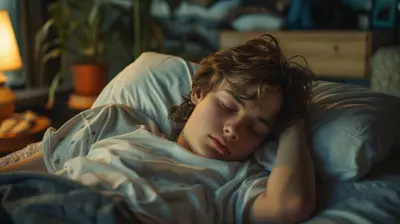How Art Therapy Can Nourish Your Mental Wellbeing
15 July 2025
Let’s face it—life can get overwhelmingly chaotic. Between juggling work, family, bills, social media, and that never-ending to-do list, it’s no wonder so many of us feel mentally drained. If your brain feels like a browser with 50 tabs open, you’re not alone. But what if I told you there's a creative and calming way to hit the pause button, without booking a week-long retreat in Bali?
Welcome to the world of art therapy—where paint, pencils, and pastels become tools for healing and self-discovery. You don’t need to be Picasso to benefit from it. You just need an open mind, a little curiosity, and maybe a splash of color.
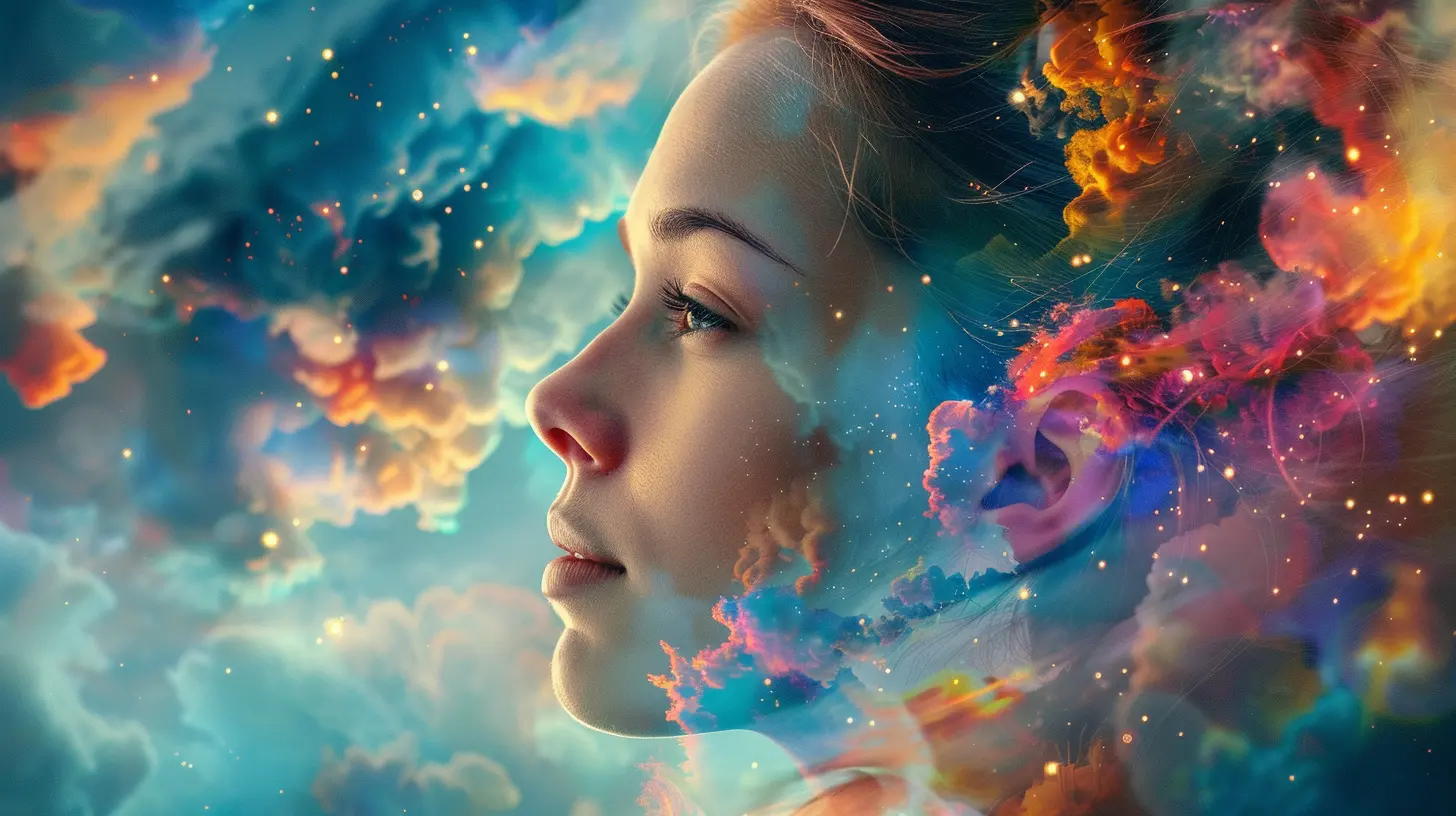
What Exactly is Art Therapy?
Art therapy combines the creative process of making art with psychotherapy. In other words, it’s using art to help you process emotions, improve mental clarity, and foster personal growth. It’s not about creating a masterpiece—it’s about expressing yourself in a raw, visual, and sometimes messy way.Licensed art therapists guide individuals through this process, helping them interpret feelings, confront trauma, and release stress. But even without a therapist, simply creating art at home can serve as a powerful emotional outlet.
No, You Don’t Have to Be Good at Art
Let’s squash a common myth right away: art therapy is not about talent. Think of it like dancing alone in your room—it’s not for anyone else but you. Whether you're smudging pastels or scribbling with crayons, it’s the expression that counts, not the execution.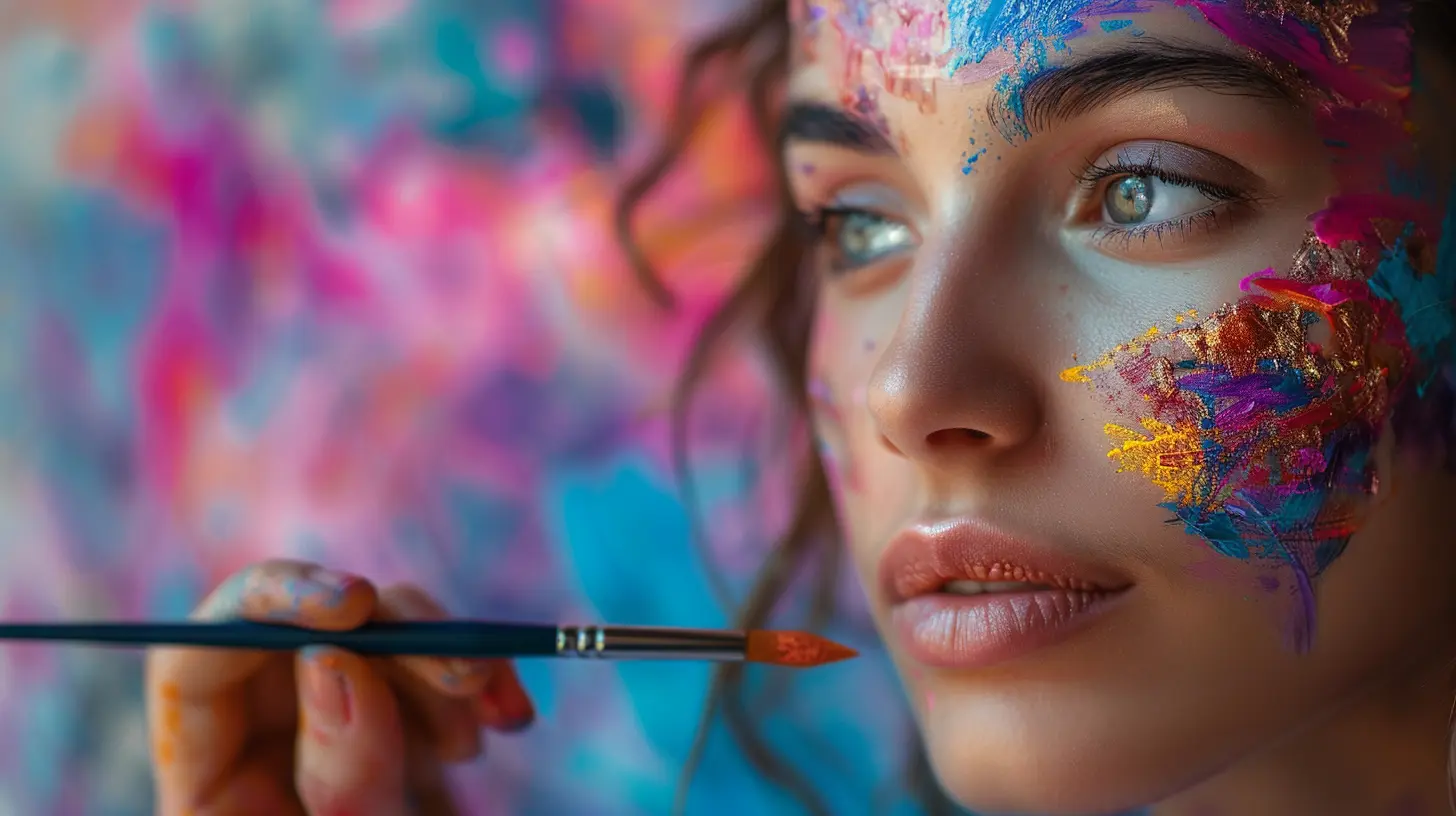
How Art Therapy Works on the Brain
Our brains are wired to respond to visual stimulation. When you're engaged in creative activities, multiple areas of the brain light up—especially those involved with emotions, memory, and motor functions.For example, drawing or coloring can activate the prefrontal cortex (the part responsible for decision-making and self-regulation), helping you focus and calm down. Art also taps into the subconscious, bringing thoughts and emotions to the surface that we might not even be aware are there.
Creating art produces feel-good neurotransmitters like dopamine, the same one responsible for those little bursts of joy you get from music, chocolate, or a good laugh.
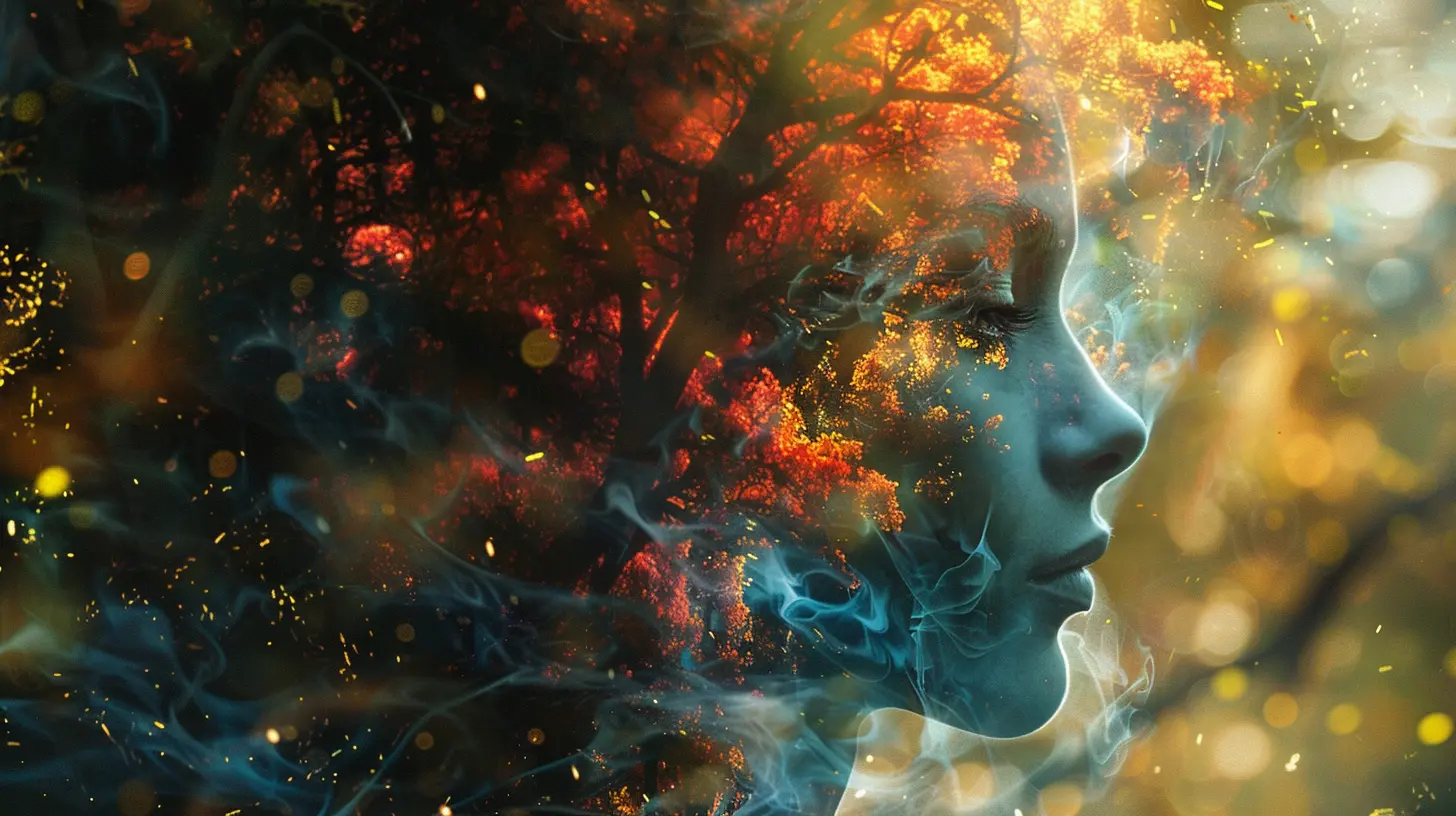
Benefits of Art Therapy for Mental Wellbeing
So, what can art therapy actually do for your mental health? Let’s dig into it.1. Reduces Stress and Anxiety
Ever felt calmer after doodling in your notebook or coloring in a mandala? That’s not a coincidence. Engaging in repetitive, rhythmic motions—like painting brushstrokes or shading—can work like a meditative trance.Art gives your mind something to focus on that isn’t your swirling thoughts. It anchors you to the present moment. Even 30 minutes of coloring or painting can significantly lower cortisol, your body’s primary stress hormone.
2. Boosts Self-Esteem
Nothing says “I did that” like finishing a piece of art you created from scratch. That sense of accomplishment can do wonders for your confidence. It reinforces your ability to do, to create, to express.During art therapy, you're not judged on how “good” your work is. Instead, you're encouraged to explore and embrace imperfections—kind of like life itself. This shift in mindset can boost your sense of self-worth and help you be kinder to yourself.
3. Aids in Processing Trauma
Trauma can be tricky. Sometimes we can't even find the words to explain what we’re feeling. That’s where art therapy steps in. Art is a non-verbal language. It allows people to communicate complex or buried emotions that words can’t quite capture.Through symbolic images or abstract shapes, trauma survivors can find release or begin the process of healing. It’s not always pretty, but it’s honest—and that honesty can be life-changing.
4. Encourages Mindfulness
Art therapy and mindfulness go together like peanut butter and jelly. When you’re engaged in the creative process, your mind naturally slows down. You observe each stroke, pick each color, and lose track of time. That’s mindfulness in action.This mindful state helps reduce ruminating thoughts—the kind that loop on repeat like a broken record. It clears mental clutter and gives you space to breathe.
5. Helps with Depression
Depression often makes you feel stuck, numb, or disconnected. Art therapy offers a spark—a way to reconnect with your emotions, environment, and inner self. The act of creating something, even something small, instills a sense of purpose and agency.Color choices, subject matter, texture—it all reflects what's going on inside. Recognizing and naming those feelings through art can bring clarity and even relief.
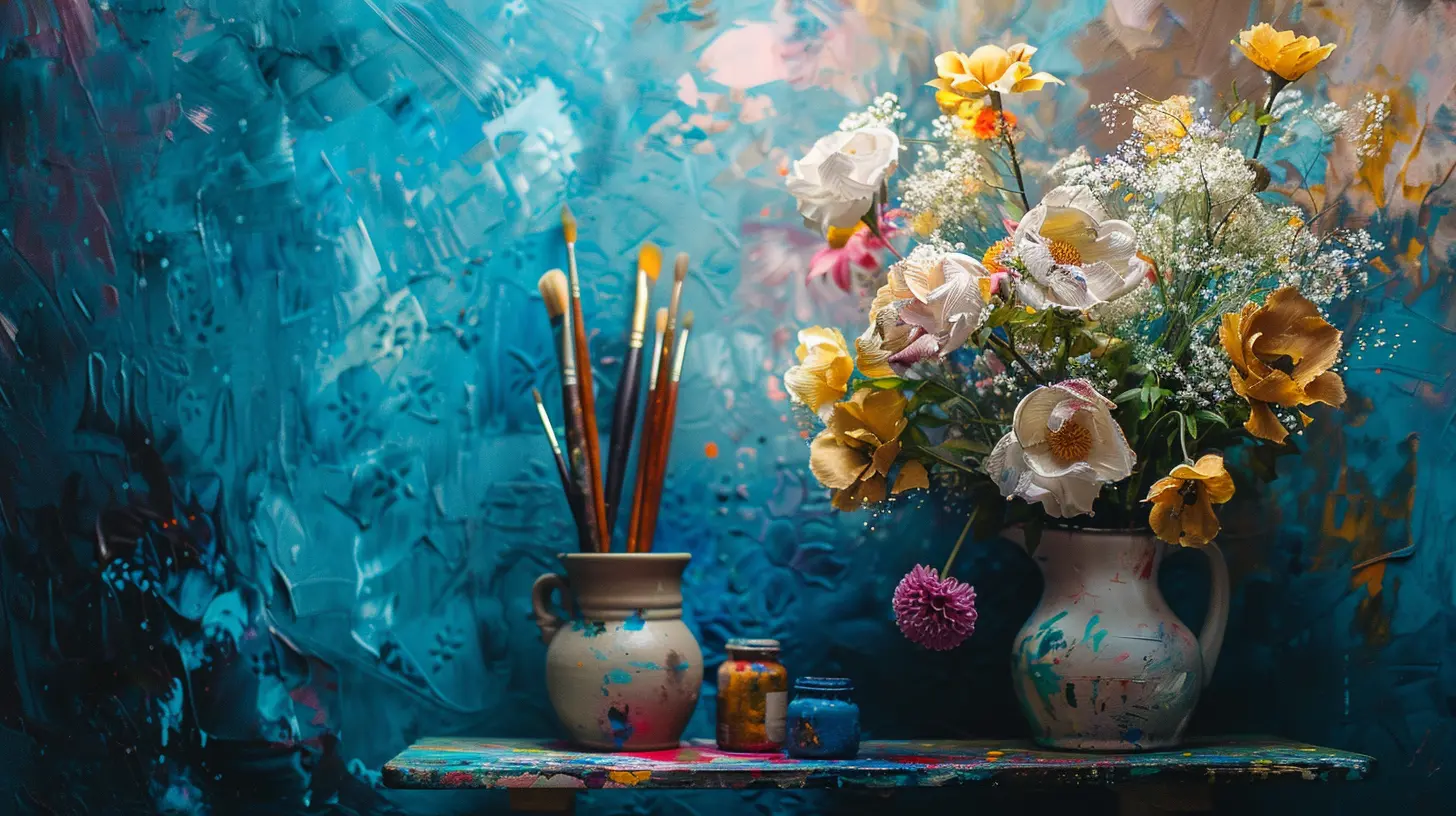
Types of Art Therapy Techniques
You might be wondering, “Okay, but what exactly do you do in an art therapy session?” Great question. There’s a whole toolkit of techniques that art therapists use depending on your needs and preferences.Drawing and Sketching
Simple, yet powerful. Whether you're sketching from memory or doodling abstract shapes, this is a free-flow form of expression that doesn't require any setup—just a pencil and paper.Painting
Using watercolors, acrylics, or even finger paints allows you to play with color, texture, and technique. It’s fluid, forgiving, and often emotional.Collage Making
Cutting and pasting images, quotes, or fabric pieces into a cohesive piece can help you visualize thoughts or desires that are hard to verbalize.Sculpture or Clay Work
Getting tactile with clay or other mediums helps people literally shape their emotions and build something out of nothing.Mandalas and Zentangles
These patterned designs are especially good for stress relief and focus. They’re structured, yet customizable—perfect for beginner mindfulness through art.Journaling with Art
Combining written journaling with sketches, doodles, or visual metaphors gives you a deeper layer of introspection.Who Can Benefit from Art Therapy?
Spoiler alert: everyone. You don’t need to have a diagnosed mental illness to benefit from art therapy. But yes, it’s especially helpful for people dealing with:- Anxiety disorders
- PTSD or trauma
- Depression
- Chronic stress
- Eating disorders
- Grief and loss
- ADHD and Autism Spectrum Disorders
Even children and teens who struggle to articulate their feelings can use art therapy as a safe space to express themselves.
How to Start Art Therapy on Your Own
Can't access a licensed art therapist just yet? No problem. You can still reap many of the benefits from home. Here’s how to dip your toes into creative healing:1. Set the Mood
Create a calm, inspiring environment. Light a candle, play soft music, and gather your supplies. Make it your little art sanctuary.2. Pick Your Medium
Paper, canvas, clay, markers—whatever speaks to you. Don’t overthink it.3. Let Go of Judgment
This is not about making something Instagram-worthy. Let the art flow naturally. Messy is beautiful too.4. Reflect
After you're done, take a moment to look at what you created. What emotions came up? What does the piece say to you?5. Make It a Habit
Even scheduling one art session a week can build a powerful habit of self-care. Think of it like emotional hygiene—just like brushing your teeth, but for your mental health.Incorporating Art Therapy Into Your Routine
Still wondering how to make this work with your crazy schedule? Here are some quick ideas:- Keep a small sketchbook in your bag and doodle while on your lunch break.
- Join a local art class or online community.
- Start a visual journal and add to it each morning or before bed.
- Use coloring apps if you’re constantly on the go.
- Do a “mood drawing” every day to track your emotional patterns.
Consistency, not complexity, is the key.
When to Seek a Professional Art Therapist
If you’re dealing with deep trauma, long-term depression, or intense anxiety, working with a certified art therapist can be incredibly beneficial. They’re trained to guide you through the emotional layers that might show up as you create.It’s not always a smooth ride—sometimes art therapy opens emotional doors you didn’t know existed. That’s where professional support really matters.
Look for a licensed art therapist through mental health directories or referrals. Online sessions have become more widely available too.
Wrapping It Up
Art therapy isn’t a magic cure, but it is a powerful tool. It lets you take the tangled mess in your head and spill it out onto paper in colors, lines, and shapes. It’s part therapy, part self-exploration, and part emotional detox.So if your mind has been feeling heavy lately, grab a brush. Or a crayon. Or a glue stick. Start with a single, imperfect line. You might be surprised at how healing one moment of creation can be.
all images in this post were generated using AI tools
Category:
Mental WellnessAuthor:

Angelo McGillivray
Discussion
rate this article
1 comments
Niko McQuaid
Art therapy truly brightens the path to wellness!
July 24, 2025 at 3:45 PM

Angelo McGillivray
Thank you! I'm glad you found the article highlights the positive impact of art therapy on mental wellness.


